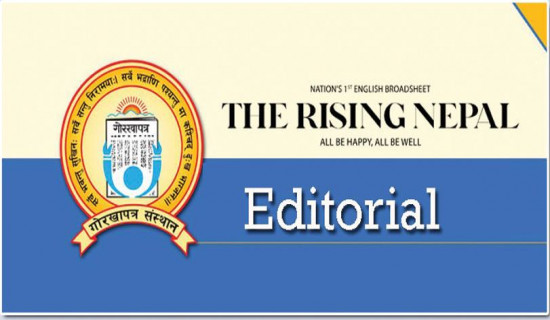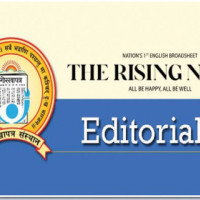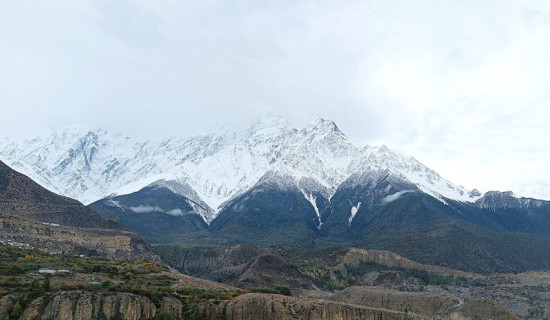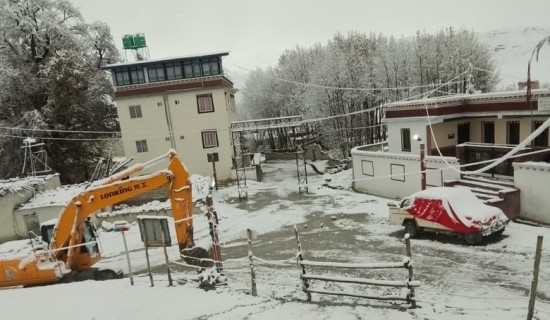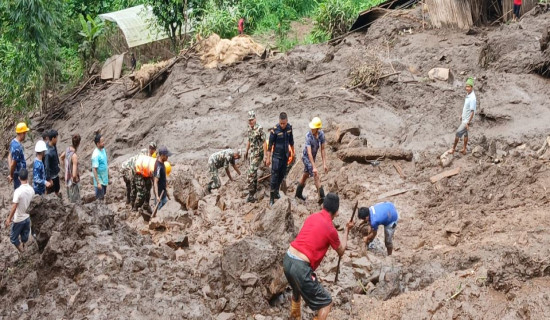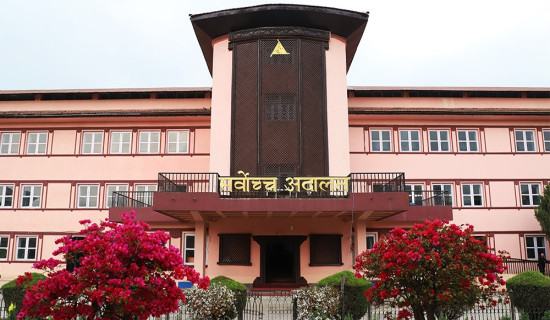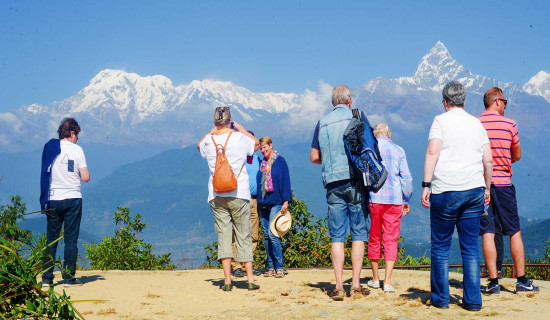- Wednesday, 29 October 2025
Supply Safe Drinking Water
Water sustains every forms of life on earth. But drinking unsafe water also makes them vulnerable to many life-threatening diseases. Safe drinking water is indispensable to good health, but many people have little or no access to it. The UN has declared access to safe drinking water a fundamental human right, and access to water has been one of the main agendas of Millennium Development Goals (MDGs) and Sustainable Development Goals (SDGs).
Many preventable waterborne diseases, such as cholera, diarrhoea, dysentery, hepatitis A, typhoid and polio, are tied to contaminated water and poor sanitation. Every year more than 800,000 people, mostly from developing countries, die of diarrhoea. Most of those deaths can be prevented by making water safe to drink. Diarrhoea is the most widely known disease linked to contaminated food and water, with children being especially at risk. So, improving water source can result in their better health and so better school attendance, boding well for the country's prospects.
As per a news report, a recent study carried out by the Nepal Academy of Science and Technology (NAST) team has found that about 40 per cent of the available drinking water in the Kathmandu Valley is unfit to drink. As part of the research, water samples collected from a city supply water distribution scheme in Kathmandu were analysed to assess both the physicochemical and microbiological quality and the results were compared with National Drinking Water Quality Standards (NDWQS) 2022. The research aimed at understanding the development of biofilms, which are clusters of bacteria that stick to surfaces and are covered by a protective layer, making them much harder to kill with antibiotics or cleaning method.
Several critical water quality parameters exceeded the national standards. Forty per cent of the water samples were contaminated with total coliform bacteria, indicating faecal contamination and a significant public health concerns. One of the most concerning findings of the study was that many of the bacteria (45 per cent) could form biofilms. The findings underscore the importance of continuous monitoring, rigorous water treatment, and public health awareness to prevent the spread of anti-biotic-resistant bacteria and protect public health in the capital valley and beyond.
What's more, water samples were collected from 20-litre jars produced by five different brands in the Kathmandu's Gongabu area. The test result revealed the presence of hazardous level of faecal coliform, whose source is human or animal waste, in jar water named 'Aqua Tridev', produced by Jambuling Group Industry, in stark contravention of the mandatory quality standards of the Nepal Government's Food and Feed Act 2080. The Kathmandu Metropolitan City (KMC) has decided to impose the Group a fine of Rs. 200,000. Such periodic monitoring and interventions are essential to ensure water suppliers never let their guard down.
This grave negligence is reminiscent of deadly diarrhoeal outbreak in Jajarkot in 2009 that killed hundreds and affected thousands, plunging entire settlements there into mourning. Subsequent researches linked the cause to drinking water source contaminated with human faeces. The NAST researchers have stressed the need for urgent public health and drinking water treatment interventions. Improving the effectiveness of water treatment processes, particularly addressing biofilm formation and antibiotic resistance, is crucial, underscoring the importance of continuous monitoring, rigorous water treatment, and public health awareness to prevent the spread of such bacteria and protect public health in Kathmandu and beyond.



